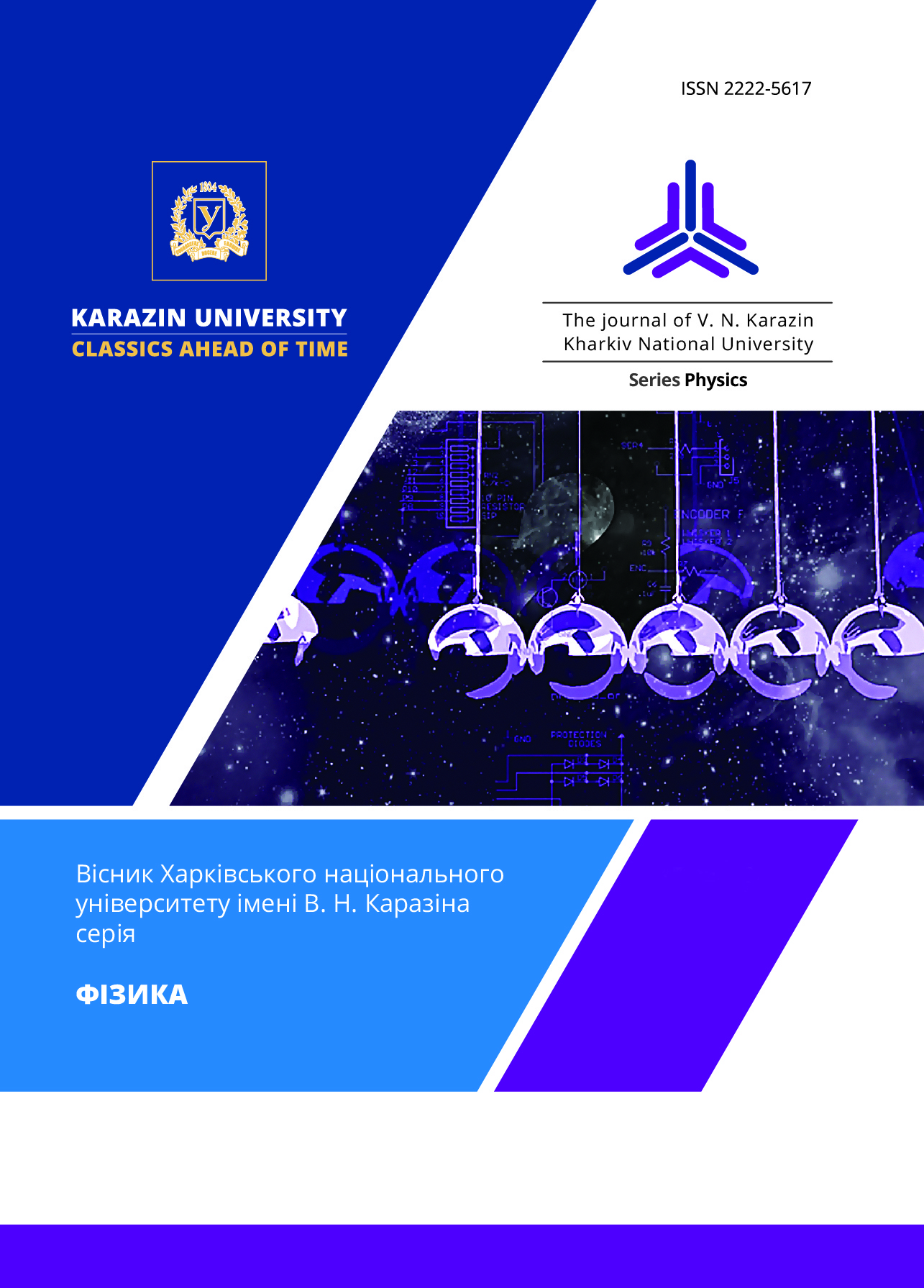Mechanisms of destruction of monocore tungsten wire and tungsten harness plastically deformed under uniaxial loading
Abstract
In the paper the results of studying of mechanical behaviors of tungsten based composites under uniaxial tension deformation
are presented. As samples were used wires with different square of cross section and tungsten yarns which were produced by screwing
tungsten wires between each other.
It is showed that for tungsten wires with 150 μm diameter with increasing of temperature occur evolution of plastic deformation.
Thus, for a room temperature happened brittle type of ruining of sample. This are indicated by high quantity of micro cracks which
are chaotically placed on a flat surface of rupture. At 300 oC degree microcracks are gradually united to a radial cracks and occur
bigger plastic deformation. And at 500 oC of testing digressing mechanical properties of sample to range which are lower that same at
room temperature testing. Those results are proved that with increasing of temperature of testing occurs thermal activation of internal
processes of deformation and at temperature closed to 500 oC types of mechanisms of deformation are changed.
Samples of tungsten yarns are showed the same trends. At room temperature samples are breaking with high value of micro cracks
in a surface of rupture. At 300 oC sample are deformed with increased plasticity and larger necking at rupture as for 150 μm wires. But
at temperature which is very closed to 500 oC morphology of surface of rupture are changed. And it evidences about changing type of
mechanisms of deformation of sample.
Information which was got by mechanical testing are proved that in tungsten with increasing of temperature occurs activation
of edge dislocations and at temperature which is very close to 500 oC (487 oC for tungsten is 0.206 of melting point temperature) and
above proceed changing to mechanisms of destruction based on screw dislocations.
Downloads
References
Hard Materials, 73, 38, (2018). https://doi.org/10.1016/j.
ijrmhm.2018.01.012
2. D.Terentyev. International Journal of Refractory Metals and
Hard Materials, 86, 105094 (2020). https://doi.org/10.1016/j.
ijrmhm.2019.105094
3. H. Gietl. Fusion Engineering and Design, 124, 396, (2017).
https://doi.org/10.1016/j.fusengdes.2017.02.054
4. J.W. Coenen. Nuclear Materials and Energy 15, 214 (2018).
https://doi.org/10.1016/j.nme.2018.05.001
5. J. Riesch. Nuclear Materials and Energy, 12, 1308, (2017).
https://doi.org/10.1016/j.nme.2016.10.018
6. H. Gietl. Journal of Composite Materials, 52, 3875 (2018).
https://doi.org/10.1177/0021998318771149
7. J.W. Coenen. EUROfusion Forschungszentrum Julich
Physica Scripta, 171, (2020). https://doi.org/10.1088/1402-
4896/ab6096
8. Brady G. Butler. A review, International Journal of Refractory
Metals and Hard Materials, 75, 248 (2018). https://doi.
org/10.1016/j.ijrmhm.2018.04.021








3.gif)
